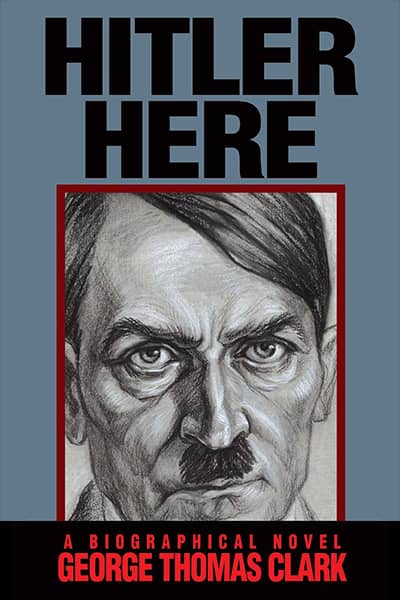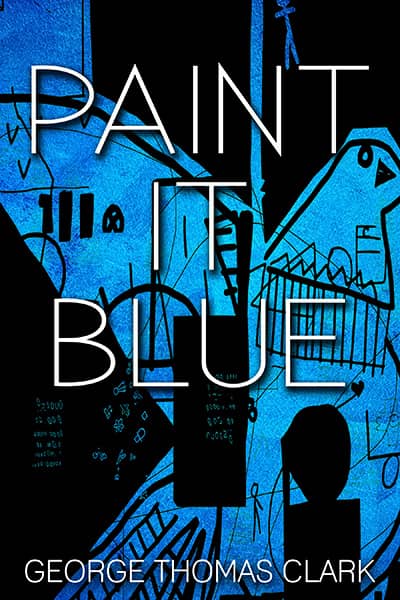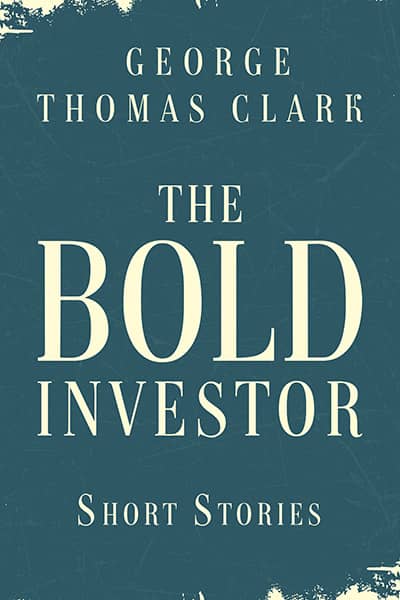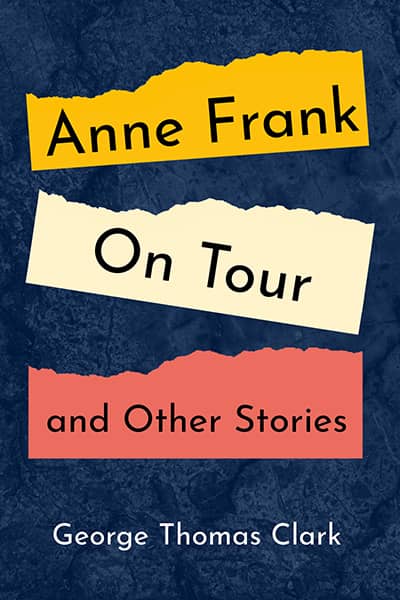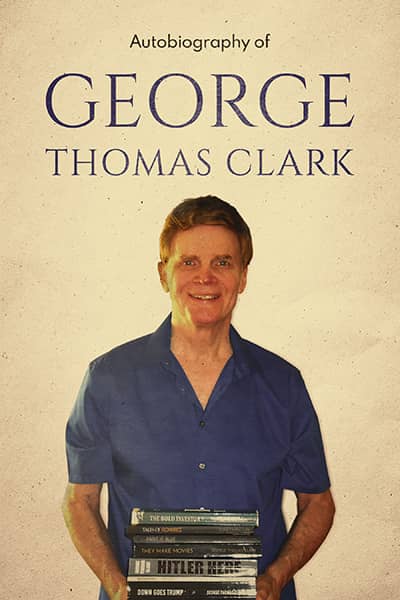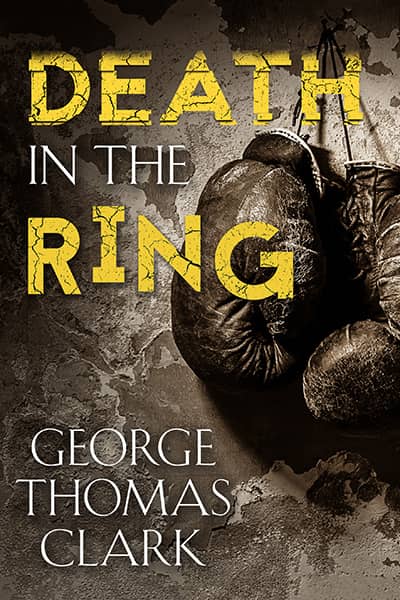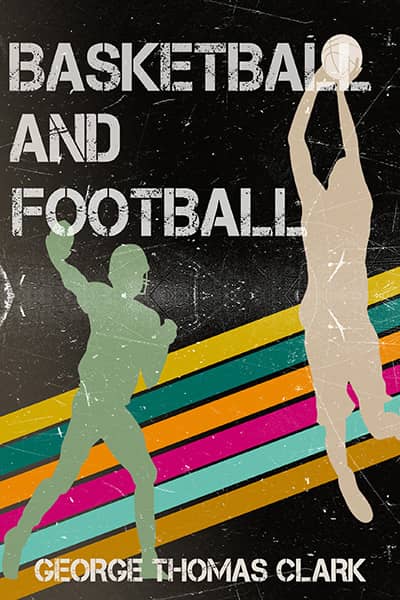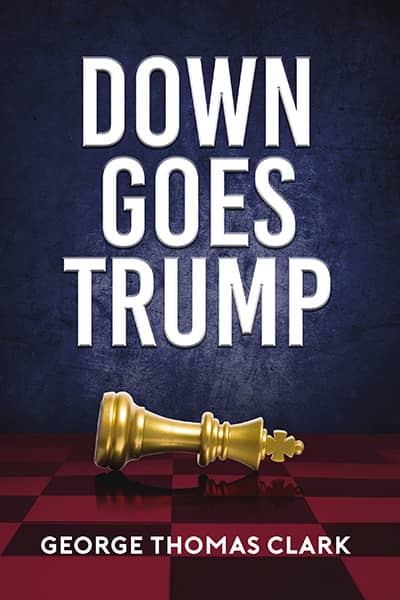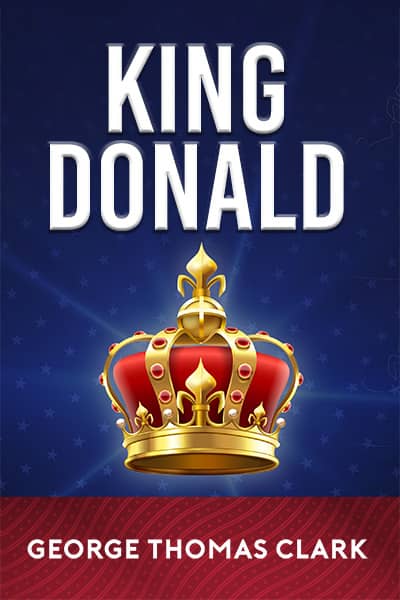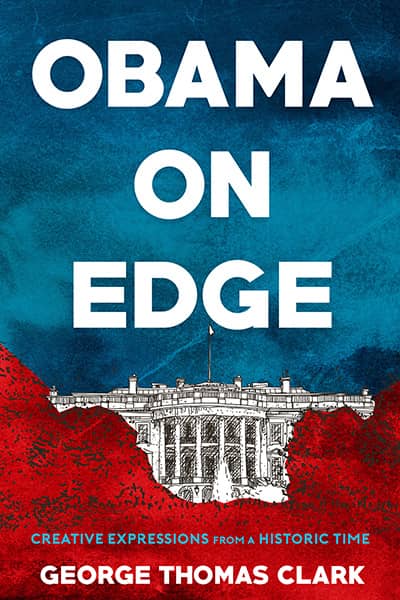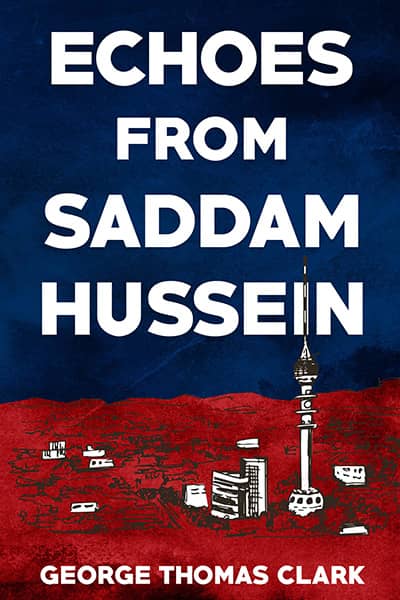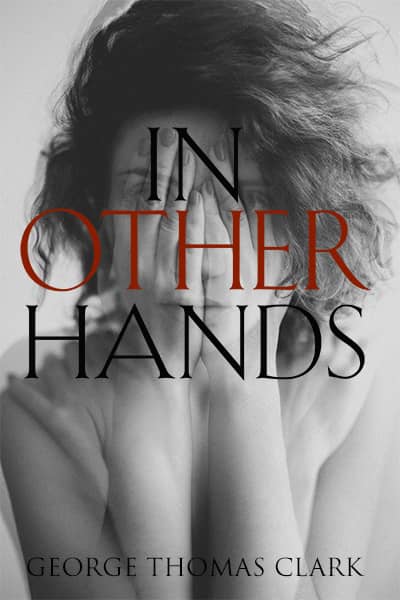Iranian Art, David Hockney, and LACMA
June 26, 2018
Boyd, an art lover visiting California the first time in years, reads with increasing concern a two-sided handout titled: The Future at Los Angeles County Museum of Art, and waves the news at a museum employee. “What’s this? Almost half the galleries are closed and soon the others’ll be shuttered, too.”
She smiles and says, “We’ll be keeping our two newest buildings open, the Resnick Pavilion and the Broad gallery. The rest is going to be demolished and replaced by the Zumthor building that’ll present our art in unique and dynamic ways, and extend over Wilshire Boulevard to provide more creative space there, too.”
“When’s it gonna open?”
“In five years.”
“I may be dead by then.”
“I doubt that,” she says. “Besides, today you can have a special experience in the Broad gallery. Portraits by David Hockney are on the third floor and Iranian art on the second.”
“Thanks,” says Boyd, who steps to the exterior escalator lifting him almost high as Hollywood Hills to the north.
In a vast room partially divided by a display wall in the center, Boyd is overwhelmed by eighty-two people backed by various shades of blue. All sit in the same yellow chair in Hockney’s hillside studio and are displayed on canvases four feet by three.
Boyd studies every figure and most strike him as rigid and inscrutable but several connect. He first approaches conceptual artist John Baldessari.
“Your gray hair and beard and overall appearance remind me of John Huston,” Boyd says.
“I’m delighted by the comparison. You remind me of John Q. Public.”
They want to play rough, okay. Boyd marches to Margaret Hockey and stares at the massive nose dominating her face. Glasses and gray hair frame the nose.
“David sure didn’t romanticize you, did he?” Boyd says. “I expect you’re his sister.”
“I couldn’t very well be his wife, could I? I won’t ask if you were one of David’s boyfriends because he’s a man of taste.”
“I assume you two are estranged, except when he needs you to sit three days for a portrait.”
Margaret Hockney huffs, and Boyd retreats to examine Barry Humphries.
“You look like a Hollywood guy, lit up by pink pants, lighter pink socks the color of your face, a wide red tie polka-dotted white, a blue jacket, and rumpled hat. A hundred years ago you’d have been a cigar-smoking newspaperman. What do you really do?”
“I act. I joke. I satirize. And you, sir, let me surmise, sell insurance in Des Moines.”
Boyd doesn’t get too close to Larry Gagosian, who owns more art galleries than anyone, three in London, three in New York, one in Beverly Hills, two in Paris, another in Rome, and Geneva, and Hong Kong, and does lots of Go-Go private deals making millions. Boyd, who’s a little portly, also admires trim and muscular Gagosian for working out when not navigating the world of art.
“Your right eye’s looking straight at me but your left’s aimed a little too far right. Is that you or just how David Hockney saw you those two days?”
Boyd pivots and walks away, wanting to avoid the Gagosian glare given poor Morley Safer of 60 Minutes who’d made disparaging remarks about contemporary art and its price tags and then, like a bloody zebra, tried to interview the lion.
Okay, who’s this kid, Rufus Hale? He’s a handsome blond lad who’s barely pubescent but looks like he belongs in that red tie and white long-sleeve shirt enveloped by a gray vest.
“Rufus, what’s in that small lighter-gray notebook?”
“I periodically sketch the most amusing of visitors,” he says.
“Would that include me?”
Rufus Hale doesn’t reply.
Cocky little rich kid who’s never worked a day, Boyd concludes. Now he’s going to talk to a real man, Frank Gehry, renowned architect who designed, among other iconic structures, the Guggenheim Museum in Bilbao, the Walt Disney Concert Hall in Los Angeles, and the Louis Vuitton Foundation in Paris. He’s sitting forward in the yellow chair, his face large and eager.
“What’s your favorite among those you’ve designed, Frank?”
“Can’t talk now. Got to go build things. David, I told you to hurry and finish this.”
Boyd edges toward the one he’s been saving for dessert, Chloe McHugh. Out of her short blue dress she pushes long blond legs into black shoes she may take off before she next envelops someone.
“Chloe, this place closes in about an hour. Would you like to have dinner? Chloe?”
Peeling off a shoe Chloe fires a fastball and nails Boyd in back of his noggin as he hustles out of the galley. By interior elevator he descends to the second floor where he hopes to find peace among Iranian art combining antiquity with the present. Immediately, he’s attracted to the inkjet prints of Siamak Filizadeh.
“Wonderful work,” Boyd says.
“Thank you,” says a man behind Boyd, who turns, looking confused. “I’m Siamak Filizadeh. May I talk to you about my art?”
“I’d be honored.”
“This one is Execution: he looks like christ hanging from noose waiting to be immortalized by cell phone photos by hijabs this side and eager men on other
“Here we have Harem: strongman chokes white rabbit he caresses with bushy mustache standing in front of elegant building where women pose in windows waiting to serve
“Next is Shah and the Russian Ambassador: they’re not really shah and russian ambassador but that’s a big fish divided so iran gets tiny tail
“Let’s look at Shah and British Ambassador: red coat choke chains shah who’s not happy even in sexy black hose ambassador may lash with whip
“Over here is Rostam II returns at age of 30 having been brought up abroad: being iran’s greatest hero now requires him to carry grenade launcher and knife.
“This is Assassination: poison pistols fell dying leader as angels black and white hover
“Ultimately, we have Vigor: bemedaled officer readies gold machinegun for war”
“I hope our two countries can work out their differences,” Boyd says.
“I’m afraid I’m not optimistic.”
